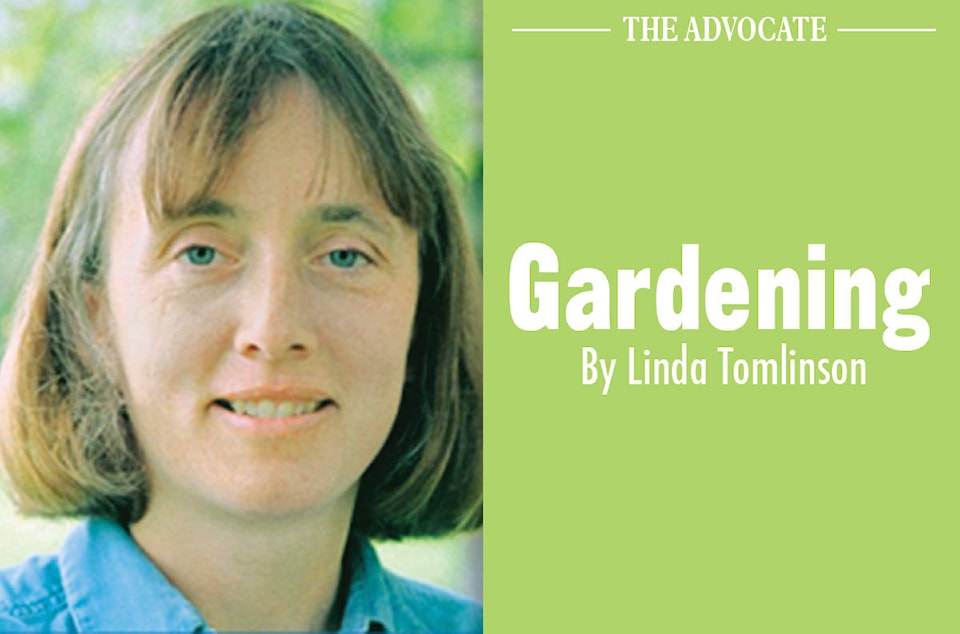Natural bush is left and shelterbelts are planted to protect yards, barns and fields from wind. Trees, planted and natural, have a life cycle that can be increased with maintenance. The answer of how much is necessary is up each landowner.
Ask firemen or people involved with FireSmart and they will say remove all dead wood, standing or down within a 100 meter radius of all buildings.
When the bush or windbreak is up to Firesmart standards, all dead and some living trees are removed. At first this area could look bare or empty but give it a season and lush new undergrowth will appear. A more diverse plant population draws in different species of birds, bees and insects. The only drawback is the lack of dead material which harbours and overwinters some species.
Shelterbelts that were seeded to grass will see thicker grass but they should also see in increase in shrubs and native flowers from seeds deposited by wind and in animal and bird droppings.
According to Naturescape leaving standing dead trees and log piles provides homes of wildlife. Look at any standing dead tree and chances are that there is at least one cavity large enough to house a small bird or large insect. Further examination will reveal a number of insect colonies and or cocoons tucked away waiting to transform into moths and butterflies.
Fallen trees that are left to rot are also home to many different creatures. Given time, the tree will decompose becoming part of the earth.
Trees can and will produce a massive amount of seeds in any given year. Given the correct environmental conditions and many of the seeds will germinate at the same time resulting in many seedlings growing within a small area. As the trees grow they compete for nutrients, water and sunlight. As there isn’t enough to for all the plants to thrive some die while others become tall and spindly. Eventually the strongest make it into the sunlight and shade the weaker ones which also die. Given time, dead trees will fall either to snag another tree or to land on the ground. A heavy upper story means that little sunlight reaches the ground which is covered with a litter of decomposing leaves and or needles.
Dead trees can be more than an eyesore or a creature’s home. They can be a danger to property or people depending on where and when they fall. Removing weak, dead or dying trees can be a necessity. When there is a danger to people or property, it is a good idea to hire trained, insured personal.
Patches of berries, in the bush or shelterbelt benefit from being thinned. Saskatoons, chokecherries and pin cherries sucker or spread by roots. If left alone, they can will become a very thick clump with the best fruit on the tallest stems in the middle of the bush. Lower trucks or branches receive less light and produce fewer smaller berries. . Thinning out the bush by removing up to a third of the branches at ground level, allows light into the main plant and encourages regeneration. It also lowers the height of the bush making picking easier. Do not remove more than a third of the plant in a growing season.
FireSmart and Naturescape are the two extremes of what to do with native bush and windbreaks. Each landowner must make decisions on how to care for their land which often depends on available time and resources.
Linda Tomlinson is a horticulturalist that lives near Rocky Mountain House. She can be reached at your_garden@hotmail.com
